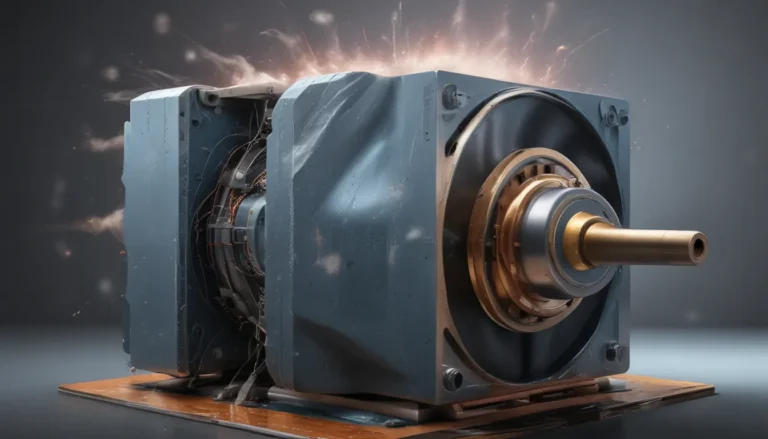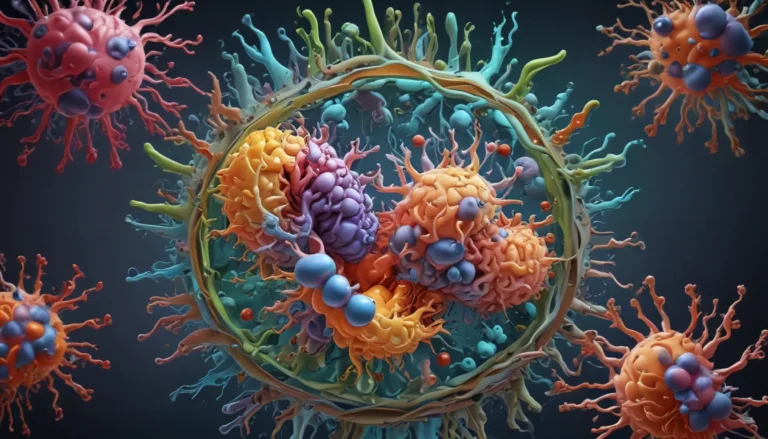A Note About Images: The images used in our articles are for illustration purposes only and may not exactly match the content. They are meant to engage readers, but the text should be relied upon for accurate information.
Welcome to the fascinating world of hydrometallurgy, where metals are extracted and purified using aqueous solutions in a magical chemistry potion-like process. This field combines chemistry, physics, and engineering principles to separate valuable metals from their ores or concentrates. With a growing demand for metals in industries like electronics, aerospace, and automotive, hydrometallurgy plays a crucial role in meeting these needs.
Understanding Hydrometallurgy: A Branch of Chemistry
Hydrometallurgy is a specialized field of chemistry that focuses on the extraction and recovery of metals from ores and other materials using aqueous solutions. Through various chemical reactions and processes, metals are separated and purified, making this branch of chemistry an essential part of the mining and metallurgical industries.
The Fundamentals of Leaching in Hydrometallurgy
Leaching is a fundamental process in hydrometallurgical operations where liquid solvents are used to extract metals from solid materials. This involves dissolving the desired metal into a solution to separate it from the solid phase. Leaching is a key step in the extraction and purification of metals through hydrometallurgical processes.
The Environmental Benefits of Hydrometallurgical Processes
Compared to traditional extractive methods, hydrometallurgical processes are more environmentally friendly due to their lower energy consumption and reduced emissions. By using aqueous solutions, these processes minimize the release of harmful gases into the atmosphere, making them a sustainable option for metal extraction.
Advancements in Hydrometallurgy: Continuous Evolution and Innovation
Hydrometallurgy is constantly evolving, with advancements in technology and research pushing the boundaries of the field. Techniques like bioleaching and electrorefining are being developed to improve efficiency and broaden the range of metals that can be extracted. This continuous evolution makes hydrometallurgy an exciting and dynamic area of study.
The Role of Hydrometallurgy in Economic Viability
Hydrometallurgical processes offer potential economic benefits, especially for low-grade or complex ore deposits. By efficiently extracting and recovering metals, hydrometallurgy makes challenging mining projects economically viable. This aspect of the field contributes to the sustainable development of the mining industry.
Waste Management Challenges in Hydrometallurgy
One of the significant challenges in hydrometallurgy is waste management. Proper treatment and disposal of generated waste are essential to minimize environmental impact. Sustainable waste management strategies are being developed to address this challenge and ensure the responsible handling of waste materials.
Hydrometallurgy: Paving the Way for Future Technologies
Research in hydrometallurgy is pivotal for the advancement of sustainable technologies and meeting the growing demand for metals. By developing efficient and environmentally friendly processes, hydrometallurgy contributes to the progress of industries and technological innovations. This field plays a crucial role in shaping the future of metal production.
FAQs About Hydrometallurgy
-
What is hydrometallurgy?
Hydrometallurgy is a branch of metallurgy that involves the extraction and recovery of metals from ores using aqueous solutions and chemical processes. -
What are the advantages of hydrometallurgy?
Hydrometallurgy offers advantages such as higher metal recovery rates, lower energy consumption, reduced environmental impact, and the ability to process complex ores. -
What is bioleaching?
Bioleaching is a method used in hydrometallurgy that employs microorganisms to extract metals from ores by facilitating the breakdown of minerals. -
What is solvent extraction?
Solvent extraction is a technique used in hydrometallurgy to separate and purify metals from solutions using organic solvents, allowing for selective extraction. -
Is hydrometallurgy environmentally friendly?
Yes, hydrometallurgy can be more environmentally friendly than other methods due to its lower energy consumption and reduced emissions. -
Can hydrometallurgy be applied to all types of metals?
Hydrometallurgy can be applied to a wide range of metals, including copper, gold, silver, nickel, zinc, cobalt, and uranium, among others.
Conclusion: Embracing the World of Hydrometallurgy
Hydrometallurgy is an enigmatic field that plays a vital role in the extraction and recovery of metals from various sources. Its diverse applications, continuous developments, and environmental implications make it a fascinating area of study for researchers and professionals in the field. By understanding the intricate processes and innovative techniques in hydrometallurgy, we gain valuable insights into its critical role in resource recovery and metal production.
As technology advances and new discoveries emerge, hydrometallurgy will undoubtedly continue to shape the future of the mining and metallurgical industries. With a commitment to sustainability and efficiency, hydrometallurgy remains at the forefront of innovative metal production methods, contributing to a more sustainable and environmentally conscious future.
So, whether it’s unlocking the potential of bioleaching, embracing the advancements in solvent extraction, or addressing waste management challenges, hydrometallurgy continues to evolve and pave the way for a brighter and more sustainable future in metal production. Let’s continue to explore, learn, and innovate in the intriguing world of hydrometallurgy.






